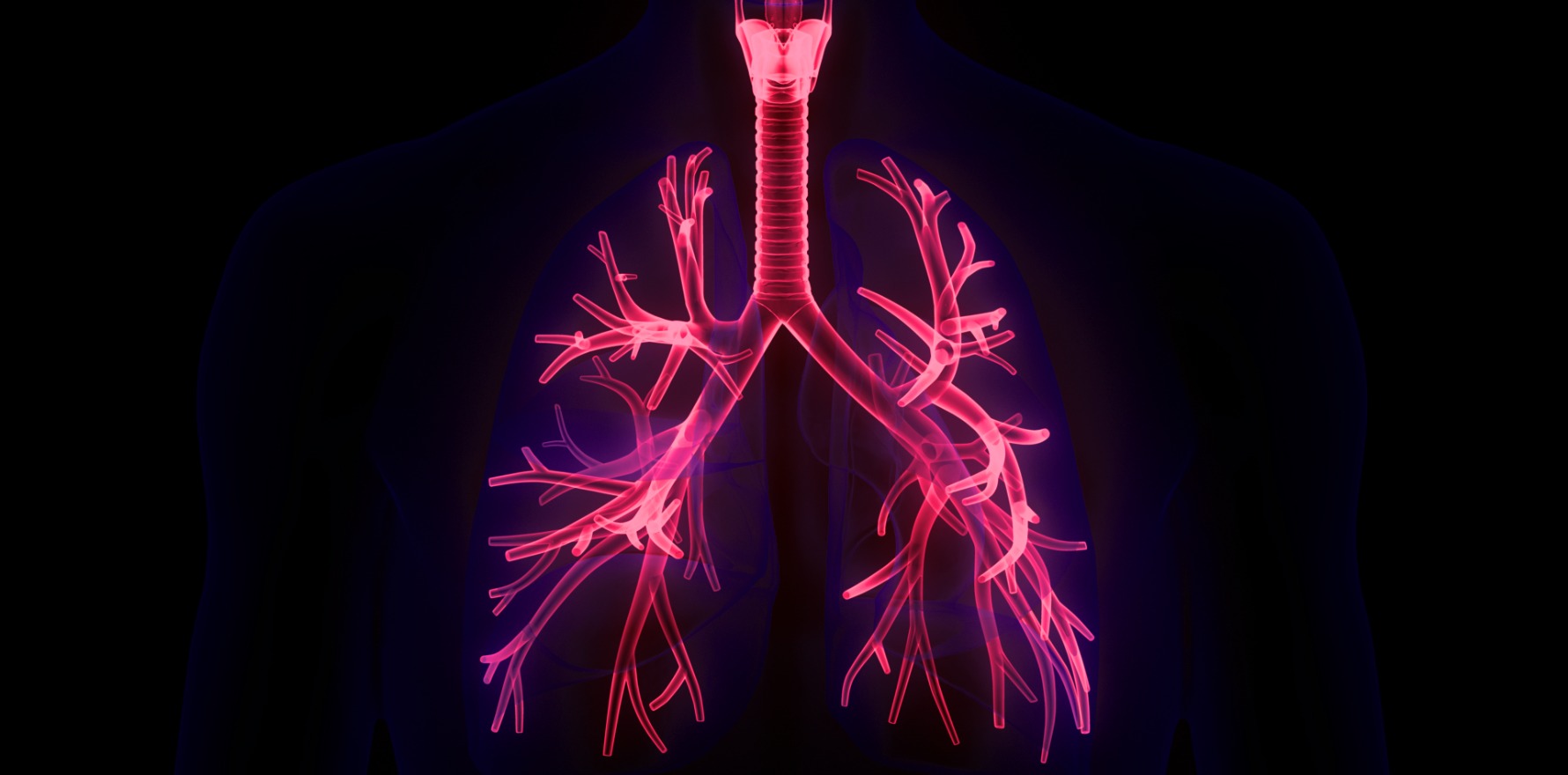Undiagnosed asthma reduces step count, but walking 8000 a day may confer some protection.
Average daily step count over time has been found to be a significant marker for asthma incidence.
It’s not surprising that those with pre-existing asthma show a greater annual reduction in steps than asthma-free individuals in this recent study, but the greatest average reduction in daily steps was seen in individuals who were diagnosed with asthma during the study period.
The researchers used data from the All of Us Research Program, captured between December 2009 and 2022 from people in the US, to track the impact of controlled and uncontrolled asthma on daily step count.
The cohort included 8360 people aged 18-70 who had an approved personal activity monitor. Step counting was performed over several years to show the changes in activity over time as related to asthma status.
The cohort had 7910 participants who were free of asthma at baseline and 450 with pre-existing (prevalent) asthma. Of the participants without asthma at the start, 210 developed it (incident asthma).
Average daily steps both before and after asthma diagnosis were lower in the incident asthma group than in the asthma-free and prevalent asthma cohorts. The average time from the first day of activity monitoring to asthma diagnosis was just over three years.
In the prevalent asthma cohort, daily step counts decreased by an average of 139 steps per year, while the asthma-free cohort experienced an average decline of only 90 steps per year.
The incident asthma cohort showed the greatest reduction, with an average decrease of 190 steps per year. This decline seemed to improve following asthma diagnosis, with an average yearly reduction of 120 steps.
National Asthma Council Australia Director and respiratory physician, Professor Peter Wark, explained that both groups with asthma demonstrated reduced physical activity but for those who developed incident asthma, this impact was greatest prior to being diagnosed.
“Poor asthma control results in reduced physical activity and this is likely to further worsen asthma control and will be associated with other adverse health outcomes, such as obesity and cardiovascular disease,” he said.
Related
“In the cases of those with incident asthma, the worsening physical activity prior to the diagnosis is likely to herald the worsening symptoms that occur in the lead up to the diagnosis being confirmed.”
The study found that asthma incidence changed based on a threshold of 8000 steps per day. Among those who walked fewer than 8000 steps a day, asthma incidence rate was 3.3%, while those who walked more had an average asthma incidence rate of 1.9%.
After controlling for sex, BMI, age, race, major depressive disorder (MDD), sleep apnoea, and COPD, researchers noted a linear relationship between daily step count and incident asthma per 1000 average daily step increase. With an adjusted hazard ratio of 0.93, they determined that the risk of developing asthma decreased by 7% per 1000-step average daily increase.
They found that participants with prevalent and incident asthma were more likely to be female and to have or acquire COPD, sleep apnoea, or MDD. They were also more likely to have a higher BMI than participants free of asthma, but found no significant differences in race, education, age, or lifetime cigarette use.
Professor Wark told TMR he could not conclude that increasing step count alone would directly improve asthma control, but said the study confirmed the association between asthma and reduced physical activity and was one of the first to document this reduction objectively.
He said that increasing physical activity was known to reduce asthma symptoms and increasing step count was likely to improve overall health, but argued that good asthma control was equally important to prevent the deterioration of physical activity.
“Physical activity itself could be used as an outcome metric in future studies of asthma interventions,” he said.





